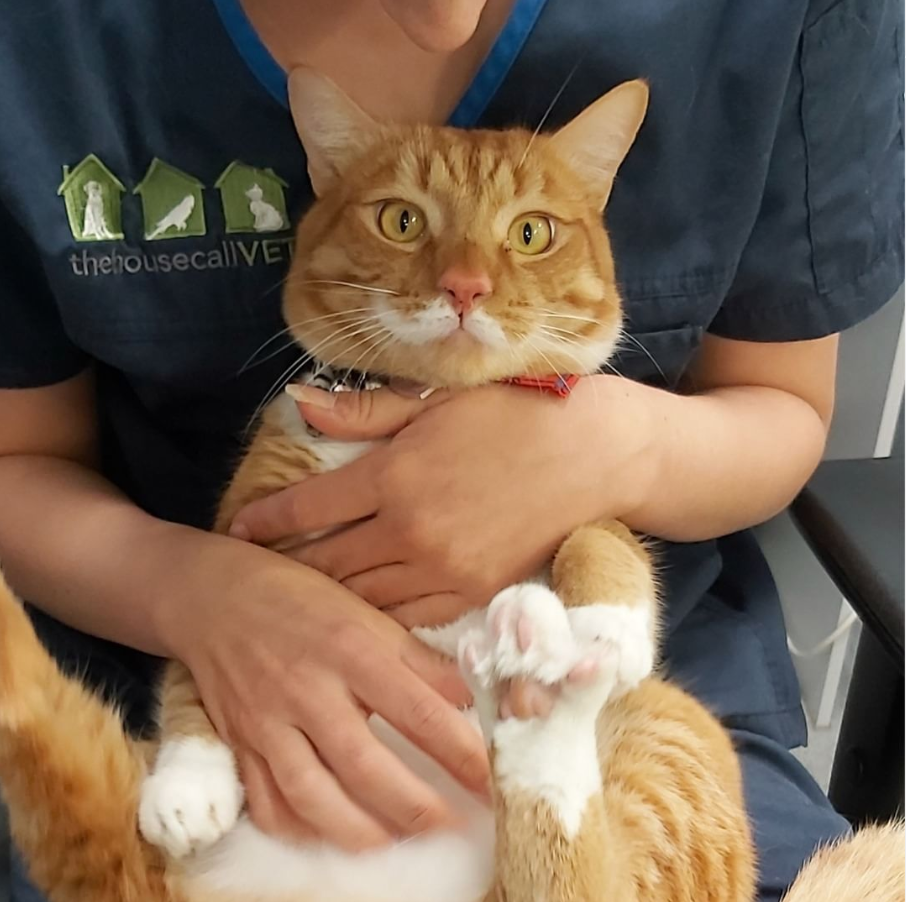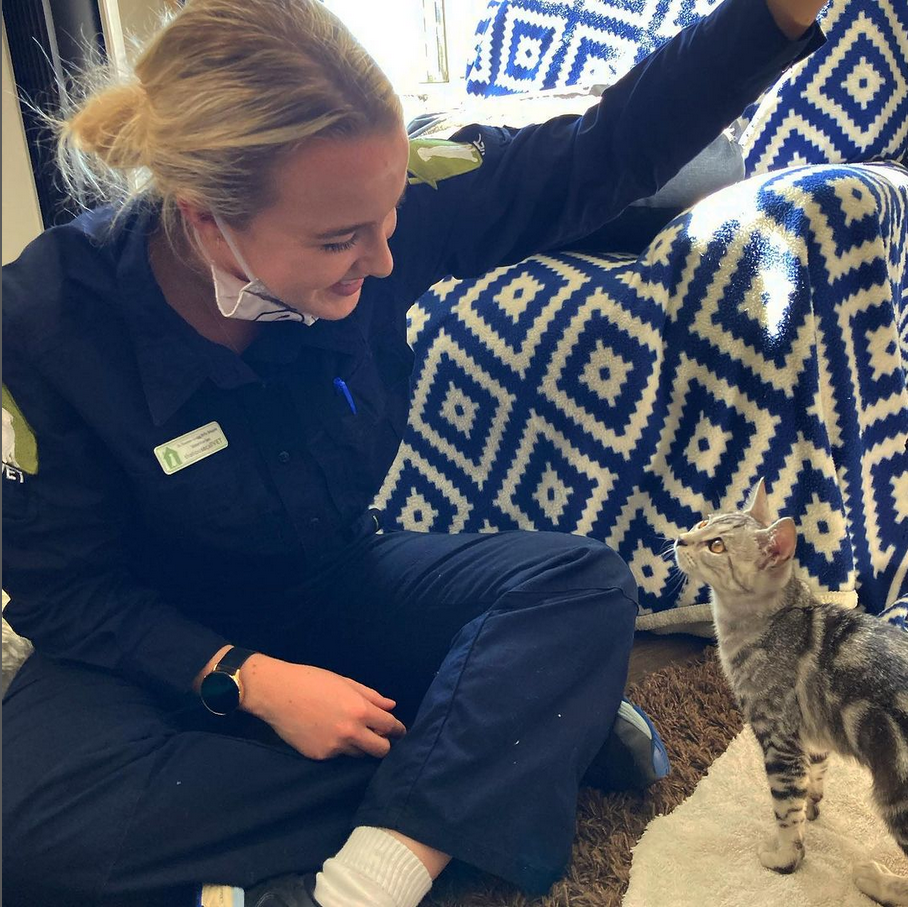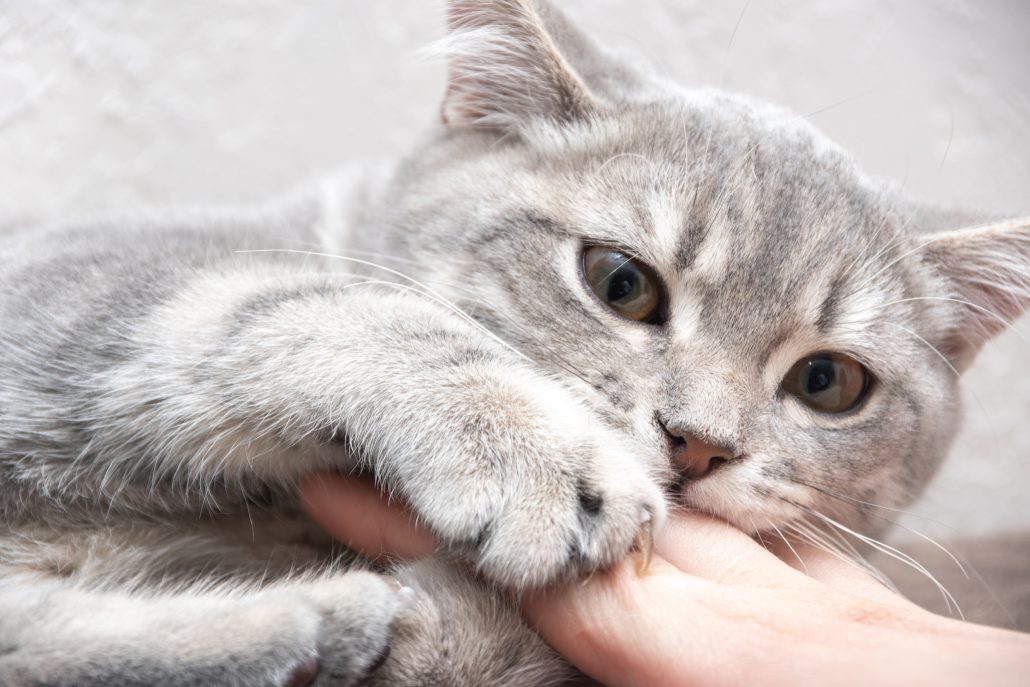
Tick bites in cats are an undeniable reality for owners throughout Australia and as Spring blooms, so does the risk of tick infestations. This is especially prevalent in Brisbane, where the Paralysis tick (Ixodes holocyclis) poses a significant threat.
While there are a number of tick species that make themselves at home on our feline friends, the Paralysis tick can be life-threatening. That’s why, understanding the effects of tick bites, especially those inflicted by the Paralysis tick, is crucial for cat owners.
In this blog, we delve into the specific challenges posed by tick bites in cats, focusing on the risks faced by both you and your cats. From identifying the pesky paralysis tick and signs of tick bites and paralysis to preventative tips and treatments, we discuss e everything you need to know about keeping your cat happy and healthy!
What are Cat Ticks?
Put simply Ticks are small, eight-legged parasites that attach themselves to a host and feed on their blood. Unfed ticks start small and inconspicuous, but as they engorge with blood, they can swell to the size of a peanut, making them more noticeable.
Ticks, including paralysis ticks, thrive in environments that provide both humidity and warm weather. They are unable to live in colder climates, which is why they are most commonly found along the eastern coast of Australia during the warmer months. However, unlike some ticks, paralysis ticks are present year-round. Their activity peaks in particularly humid conditions or after rainfall, making these times especially risky.
Key Characteristics Of Ticks
- Colour Variety: Ticks come in various colours including black, brown, red, or tan. This can make it challenging when spotting them on your cat’s fur.
- Feeding Behaviour: The danger lies not just in their size but in their ability to transfer diseases as they feed on a cat’s blood.
Understanding How Ticks Find Their Host
Understanding how these tiny creatures operate is crucial in safeguarding your furry friends from potential harm. Ticks can be most found:
- Household and Area Exposure: Ticks can be introduced directly and indirectly by other animals in your household or the surrounding areas.
- Food Left Outside: Leaving pet food or other food scraps outside can attract a variety of animals, including wild creatures that often carry ticks.
- Outdoor Explorations: Whether it’s a stroll in fields or woodlands, ticks can easily latch onto your shoes and clothing. Ticks will position themselves at the top of branches and blades of grass, allowing to attach themselves as you brush past. This means even indoor cats are not immune, as ticks can be brought inside by their human companions.
- Neighbourhood Adventures: Outdoor cats, with their natural curiosity and love for the outdoors, are particularly vulnerable to tick infestation as they can asily attach themselves to your cat’s fur.

signs & Symptoms of tick bite Paralysis in cats
If your cat has come into contact with a paralysis tick, quick identification of signs and symptoms is paramount. Early detection can make all the difference in ensuring prompt veterinary intervention. Be vigilant and watch for these following early signs:
- Difficulty Breathing: Paralysis ticks can impact respiratory function, leading to difficulty in breathing.
- Appetite Loss: A sudden loss of appetite is a concerning early sign. If your cat shows disinterest in food, it might be an indicator of tick toxicity.
- Vomiting or Heaving: Tick bites can induce vomiting or heaving in affected cats. Persistent or severe episodes should be treated with urgency.
- Excess Salivation: Increased salivation, can be an indication of tick bite paralysis. Keep an eye on any unusual drooling.
- Difficulty in Swallowing: Untreated tick bites may cause difficulty in swallowing. If your cat exhibits signs of discomfort while swallowing as well as a loss of appetite, it requires immediate attention.
- Coughing: Tick-induced coughing can be a manifestation of respiratory distress. Monitor your cat for persistent coughing, especially if it intensifies.
- Panting: Unexplained panting, not associated with exertion or heat, could be a symptom of tick bite paralysis.
- Weakness: Generalised weakness can set in as a consequence of tick toxicity. If your cat appears unusually lethargic or weak, it’s crucial to investigate further.
- Complete Paralysis: In severe cases, tick bite paralysis can progress to complete paralysis. This is a critical stage where immediate veterinary attention is imperative.
More advanced stages of tick toxicity present with noticeable walking, coordination difficulties, and swaying movements. In extreme cases, your cat might be found lying on their side, unable to sit at all. If you observe any of these advanced symptoms, it is important to contact your veterinarian immediately.
Read More: Staying Calm in a Pet Emergency

Treating Tick Bites In Cats
Prompt and precise treatment is key when it comes to treating tick bites in cats. Diagnosis often lies on the presentation of typical symptoms and exposure to tick habitat and a thorough understanding of whether your cat has been exposed to tick habitats.
Tick Bite Treatment:
Removal of Paralysis Tick: Upon admission, your veterinarian will conduct a comprehensive tick search and overall examination. The removal of the paralysis tick is a priority, and in some cases, clipping the cat’s coat may be necessary to ensure thorough tick removal.
External Parasite Control: To address any remaining ticks, external parasite control treatments will be used. This step is crucial in preventing any further illness.
Sedation for Stress Reduction: Most cats will sedated before treatment to minimise stress. This is a crucial step as stress can further compromise their breathing. It also ensures a more controlled and comfortable environment for both the cat and the veterinary team.
Administration of Medication: Tick antitoxin is a vital component of treatment. This will expel any neurotoxins from the body without causing further harm. However, it’s important to note that tick antitoxin may have side effects, and its administration is carefully considered, especially in cases with mild symptoms that aren’t rapidly worsening.
While this can be a stressful experience, with prompt treatment your furry companion will likely fully recover, without any long-term side effects.

Preventing Tick Bites & Illness
Fortunately, Tick-related illnesses are not contagious. However, the risk of illness and their related complications make prevention essential.
- Regular Treatment: Employ spot-on treatments and oral medications as part of your cat’s routine care. These treatments act as a safeguar, preventing ticks from attaching and transmitting harmful neurotoxins.
- Regular Checks: Conduct regular tick checks on your cat, especially after outdoor excursions. Early detection allows for prompt removal and minimises the risk of tick-related illnesses.
- Regular Grooming: Incorporate regular grooming sessions into your cat’s routine. This not only keeps their fur clean and healthy but also provides an opportunity to spot and remove any ticks before they become a threat.
- Regular Vet Checkups: Routine veterinary checkups are also crucial for overall feline health. During these visits, discuss tick prevention strategies with your vet, ensuring a proactive approach tailored to your cat’s specific needs.
- Treat the House and Lawn:
Extend preventive measures beyond your cat by treating their living environment. Use pet-safe products to address ticks in the house and lawn, reducing the overall risk of infestation. - Keep Your Cat Indoors: If your cat has never experienced outdoor life, maintaining an indoor lifestyle is a straightforward preventive measure. However, for cats accustomed to outdoor adventures, limiting your cat’s outdoor exposure during tick season can significantly reduce the chances of tick bites. If your cat is accustomed to outdoor roaming, consider gradually transitioning to more indoor time.
Found A Tick? Tips For Removal
Discovering a tick on your pet can be concerning, but it’s crucial to approach their removal with care to ensure both your cat’s well-being and the prevention of potential complications.
- Handle with Care: Be careful when removing ticks from your cat. Ensure the entire tick, including the head, is extracted to prevent infection.
- Avoid Squeezing: Refrain from squeezing the tick’s body. Squeezing can push blood back into your cat, which can potentially cause disease.
- Use Tick Removal Tools: Invest in tick removal tools specifically designed for this purpose. These tools help ensure the complete removal of the tick. Slide the tool under the tick, getting as close to your cat’s skin as possible, to guarantee you’ve extracted the entire tick.
- Twist, Don’t Pull: Opt for a twisting motion rather than pulling or squeezing. Twisting is the most effective way to ensure the tick is entirely removed. After a few twists, the tick should release its grip.
- Disposal: Once the tick is removed, dispose of it carefully. Avoid direct contact with the tick, and ensure proper disposal methods to prevent any potential reattachment or contamination.
- Contact Your Vet: If you feel unsure about removing a tick yourself or encounter difficulties, it’s best to consult your vet. Your vet will have the expertise and tools to safely and effectively remove ticks, minimising any potential risks.
Read More: How Often Should You Groom Your Cat

Ensuring a Tick-Free Future for Your Cat!
As cat owners, it’s our responsibility to equip ourselves with the knowledge needed to protect our feline companions. From understanding the distinct challenges posed by paralysis ticks to mastering the art of safe tick removal, each aspect contributes to a comprehensive approach to tick awareness!
If you find that your cat has been bitten by a tick or that there are signs of tick-related distress, treatment is crucial. The earlier you can identify and address these issues, the better the chances of a positive outcome for your feline friend.
At The House Call Vet, we understand the unique bond between you and your cat. Our dedicated team is here to provide comprehensive veterinary services designed to keep your companion happy and healthy. From at-home care and routine checkups to emergency care, we ensure that your cat receives the care it deserves!

